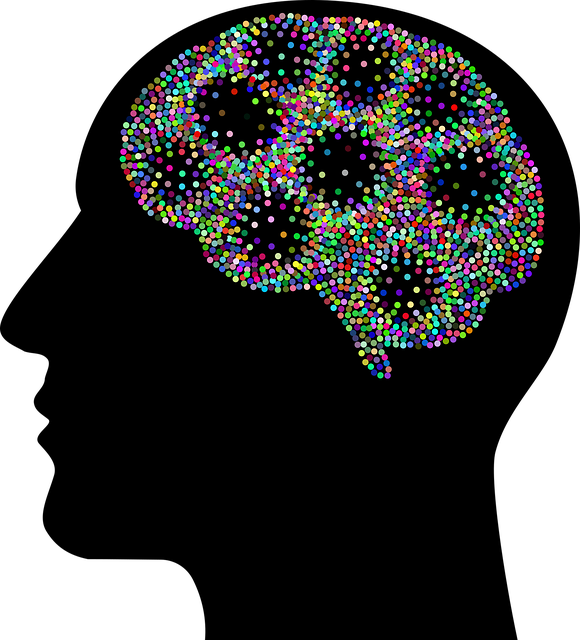Risk Assessment for Mental Health Professionals in Broomfield ASD Therapy
Risk assessment and self-awareness are key to successful mental health practice, especially for indi…….
In the ever-evolving landscape of healthcare, specialized therapies play a pivotal role in addressing unique challenges posed by various conditions. Among these, Broomfield Autism Spectrum Disorder (ASD) Therapy has emerged as a game-changer, offering innovative approaches to support individuals on the autism spectrum. This comprehensive article delves into the intricacies of Broomfield ASD Therapy, exploring its definition, global impact, economic implications, technological innovations, regulatory frameworks, and the challenges it aims to address. By the end, readers will gain a profound understanding of this transformative therapy and its potential to enhance the lives of those affected by autism.
Definition:
Broomfield ASD Therapy is an evidence-based approach designed to assist individuals with autism spectrum disorders (ASD) in various aspects of their lives, including social interaction, communication, and overall well-being. It is a holistic therapy that combines elements from different therapeutic modalities, tailored to meet the unique needs of each individual.
Core Components:
Historical Context:
The concept of ASD therapy has evolved significantly over the years, reflecting a deeper understanding of autism. Early interventions were often behavior-focused, but as research progressed, the need for a more holistic approach became evident. The 1990s saw a shift towards integrated therapies, and Broomfield ASD Therapy emerged as a result of combining effective elements from various therapeutic traditions.
Broomfield ASD Therapy has gained international recognition and adoption, with significant variations in its implementation across regions:
| Region | Trends | Challenges |
|---|---|---|
| North America | High acceptance and integration into mainstream healthcare systems. Early intervention is a focus, with many states mandating screening for ASD. | Limited availability of specialized therapists and high demand, leading to long wait times. |
| Europe | Diverse approaches due to cultural differences, but a growing emphasis on evidence-based practices. The UK, in particular, has seen increased funding for ASD research and services. | Variability in healthcare systems and insurance coverage, impacting access to therapy. |
| Asia | Increasing awareness and implementation, with some countries offering comprehensive national programs. China, for instance, has invested heavily in ASD research and support. | Cultural barriers and a lack of specialized training for therapists are challenges in many Asian nations. |
| Middle East | Growing recognition, with some countries adopting western therapeutic models. The UAE, for example, has established centers dedicated to ASD care. | Limited cultural understanding of autism, requiring tailored interventions. |
The economic implications of Broomfield ASD Therapy are multifaceted:
Technology has played a pivotal role in enhancing Broomfield ASD Therapy:
The regulatory landscape for Broomfield ASD Therapy varies across jurisdictions:
Despite its benefits, Broomfield ASD Therapy faces several challenges:
Addressing these challenges requires a multi-faceted approach:
Emily, an 8-year-old with severe ASD, struggled with social interactions and communication. Her parents sought Broomfield ASD Therapy, and she began a comprehensive treatment plan. The therapy focused on social skills training using role-playing and group activities. After six months, Emily showed significant improvements, engaging more easily in class discussions and initiating conversations with peers. Her parents reported increased confidence and better understanding of social cues.
A 27-year-old adult male with high-functioning ASD had difficulty navigating the workplace. He participated in a Broomfield therapy program that focused on job skills training, social interactions at work, and managing sensory challenges. The program included mock job interviews and role-playing scenarios. Within a year, he secured a part-time job, successfully managing his tasks and social dynamics at work.
A young child with ASD experienced severe sensory sensitivities, impacting their daily activities. Sensory integration therapy was implemented, using various tools and activities to help the child process sensory information. Over time, the child showed reduced anxiety and improved tolerance for different sensations, leading to better participation in school and at home.
The future of Broomfield ASD Therapy is promising, with several emerging trends:
Broomfield Autism Spectrum Disorder Therapy represents a significant advancement in supporting individuals with ASD, offering a comprehensive and personalized approach. Its global impact is evident, with diverse communities adopting and adapting this therapeutic model to meet their unique needs. As research continues to evolve, so too will our understanding of autism, leading to even more effective interventions.
By addressing challenges and implementing strategic solutions, we can ensure that Broomfield ASD Therapy reaches its full potential, enhancing the lives of individuals on the spectrum and fostering inclusive communities worldwide. The future of ASD care looks promising, with technology, research, and global collaboration paving the way for a brighter, more supportive tomorrow.
Q: What is the difference between Broomfield ASD Therapy and traditional therapy?
A: While traditional therapies may focus on specific aspects of ASD, Broomfield therapy takes a holistic approach, integrating various evidence-based techniques to address multiple needs simultaneously.
Q: How do I know if my child needs ASD therapy?
A: If your child exhibits challenges in social interaction, communication, or sensory processing, they may benefit from ASD therapy. Early intervention is crucial, and professionals can assess and guide you towards appropriate support.
Q: Is Broomfield ASD Therapy covered by insurance?
A: Coverage varies; some insurers cover evidence-based ASD therapies, while others may require specific documentation. It’s best to check with your provider or seek guidance from a healthcare professional.
Q: Can adults with autism benefit from this therapy?
A: Absolutely! Broomfield ASD Therapy is not limited to children. Adults on the spectrum can also receive significant benefits from tailored interventions addressing their unique challenges.
Q: How long does therapy typically last?
A: The duration of therapy depends on individual needs and goals. Some people may require short-term intensive support, while others benefit from long-term maintenance sessions to address ongoing challenges.

Risk assessment and self-awareness are key to successful mental health practice, especially for indi…….

Mental wellness is crucial for individuals with Autism Spectrum Disorder (ASD), who face unique chal…….

Broomfield Autism Spectrum Disorder (ASD) therapy emphasizes the importance of mood regulation for m…….